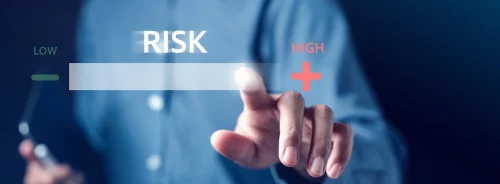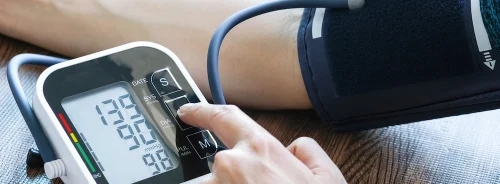High blood pressure is known to increase the risk of stroke. However, a study led by Michigan Medicine focuses on the long-term impact of elevated systolic blood pressure — the top number in a blood pressure reading, indicating how forcefully the heart pumps blood into the arteries. This study reveals that a higher average systolic blood pressure during adulthood is linked to an increased risk of the two most common types of stroke. The study is published in JAMA.
Study researchers analysed data from over 40,000 individuals aged 18 and older with no prior stroke history, examining their average systolic blood pressure years before their first stroke. They investigated three types of stroke:
- Ischaemic stroke (accounting for over 85% of all strokes).
- Intracerebral haemorrhage.
- Subarachnoid haemorrhage.
The findings showed that for every 10-mm Hg increase in mean systolic blood pressure, there was a 20% higher risk of overall stroke and ischaemic stroke, and a 31% higher risk of intracerebral haemorrhage.
The study also highlighted racial disparities in stroke risk: Black patients had a 20% higher risk of ischaemic stroke and a 67% higher risk of intracerebral haemorrhage compared to white patients. Hispanic patients had a 281% higher risk of subarachnoid haemorrhage but did not show a significantly increased risk for other stroke types compared to white patients.
These results indicate that early diagnosis and sustained control of high blood pressure throughout life are crucial in preventing stroke, especially ischaemic stroke and intracerebral haemorrhage, particularly in Black and Hispanic patients who are more likely to have uncontrolled hypertension compared to white patients.
Despite the increased stroke risk among Black and Hispanic patients, the researchers found little evidence that race and ethnicity influenced the relationship between cumulative systolic blood pressure and stroke type.
Although controlling systolic blood pressure is essential for preventing stroke and other cardiovascular diseases, a national study from 2020 found that blood pressure control in the U.S. deteriorated between 2013 and 2018, particularly among Black and Hispanic adults. Self-monitoring of blood pressure, which improves diagnosis and control, is an accurate and cost-effective method but remains underutilised.
Two major barriers to self-monitoring are lack of patient education and insurance not covering home blood pressure monitors, which cost $50 or more, the researchers note. Healthcare systems and providers must educate and encourage patients to monitor their blood pressure at home, and insurers must cover these monitors to help optimise blood pressure and reduce stroke risk.
Source: University of Michigan
Image Credit: iStock






